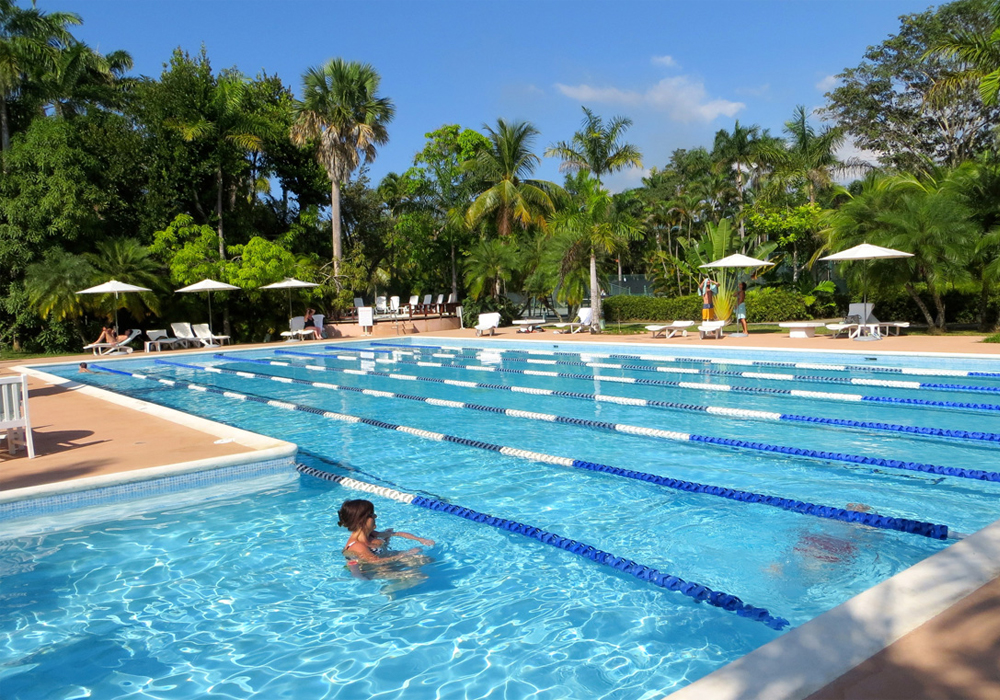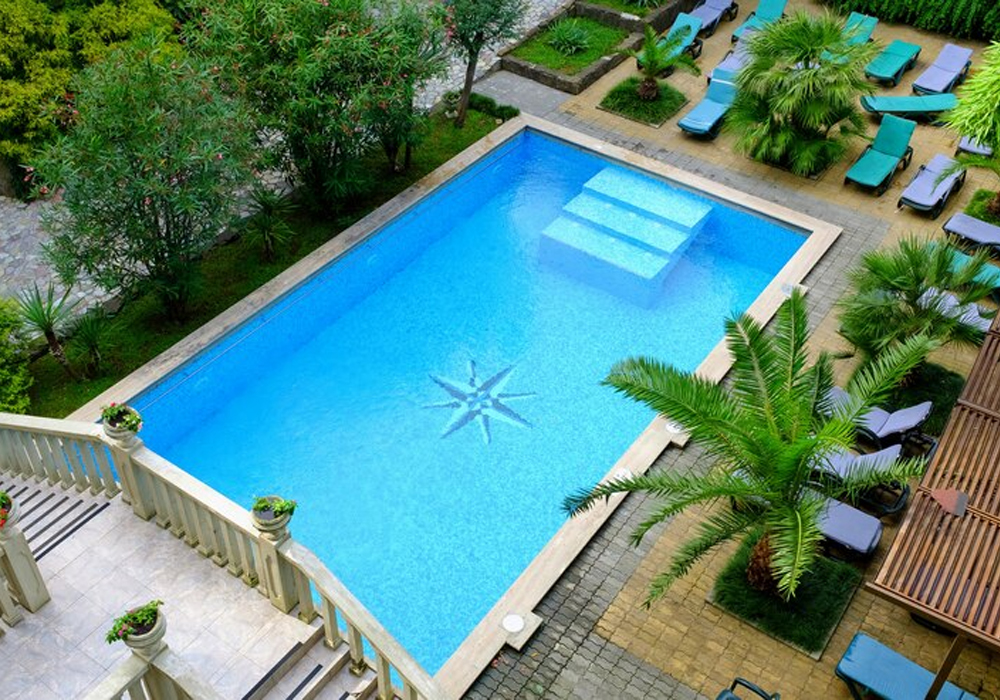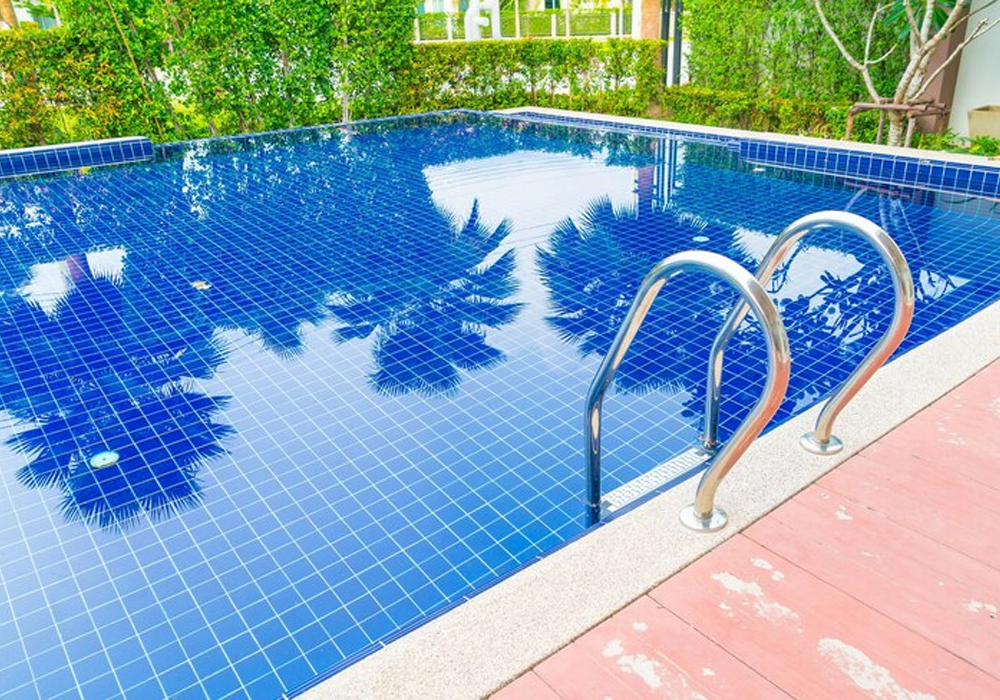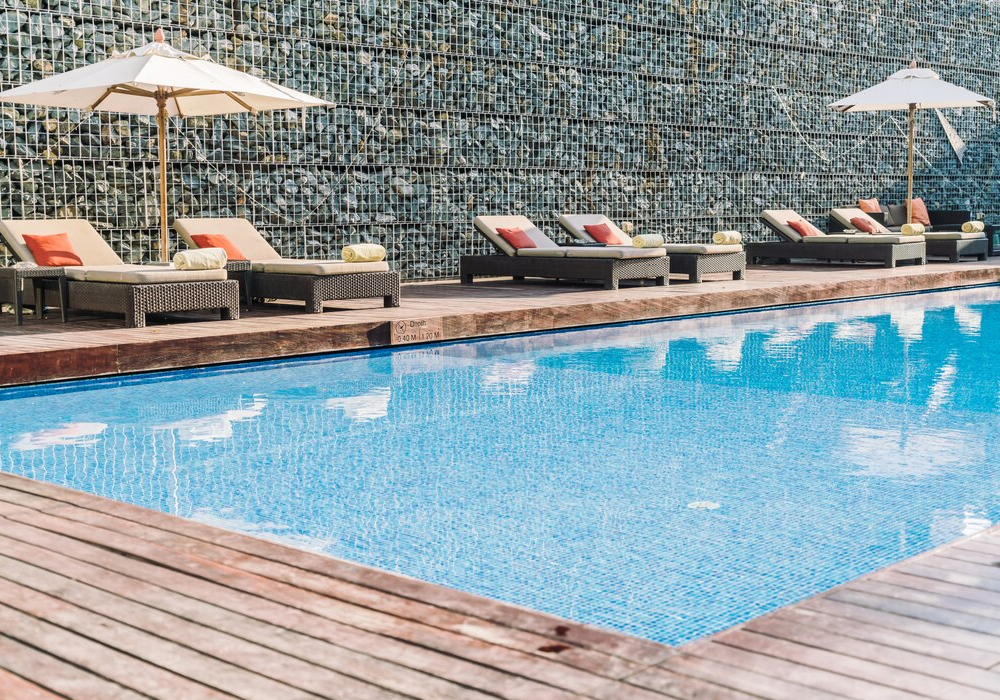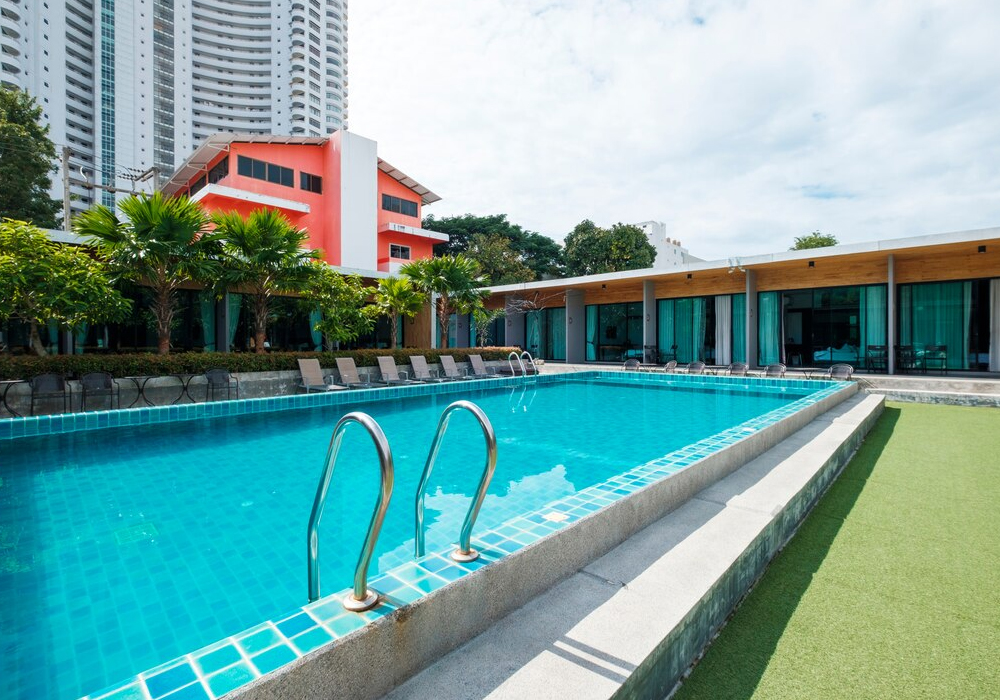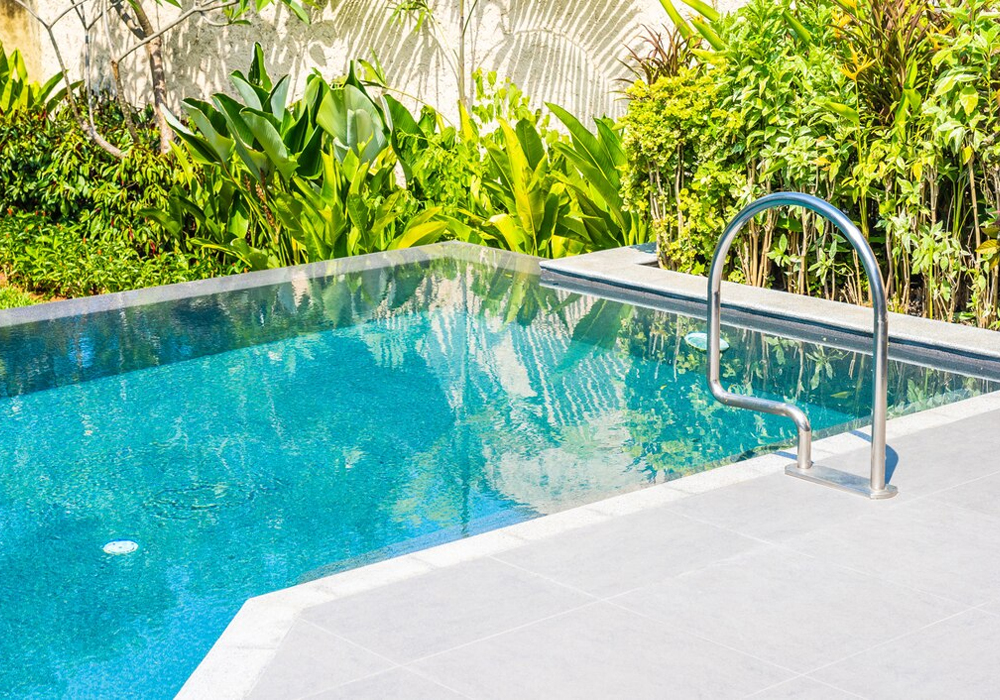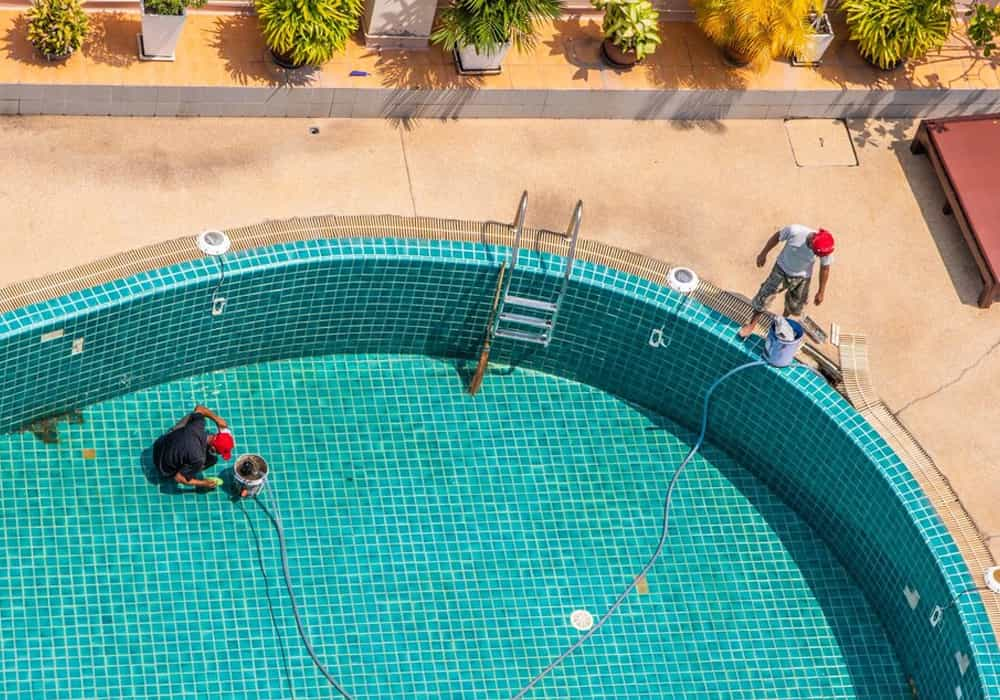
India Swimming Pool Construction and Repair: An Inclusive Manual
Swimming pools are no longer a privilege reserved for the wealthy. They have, over time, become a common feature in homes, hotels, resorts, gymnasiums, and other establishments. In India, with the increased interest in swimming as a sport, fitness regimen, and recreational activity, there has been a corresponding escalation of demand for skilled swimming pool construction and repair services.
Here in this blog, we are going to discuss the intricacies of swimming pool repair and construction in India, ranging from the procedure to be followed, types of pools one can have, what goes wrong during repairs, and how to maintain a pool for the long run.
Why Swimming Pools Are Popular in India
Swimming pools have become a coveted amenity for both homes and businesses throughout India. They provide a myriad of purposes ranging from:
1. Leisure and Recreational Activities:
A pool is a place where family and friends can meet, sit back, relax, and unwind. Whether a private villa pool or a pool shared in a resort or hotel, they are all places of pleasure.
2. Health and Fitness:
Swimming is a good body workout that builds cardiovascular endurance, increases strength, and contributes towards weight maintenance. With health concerns rising in most populations, pools have found places in gym facilities and residential clubs.
3. Luxury and Aesthetic Appeal:
A well-designed pool can add immense value to a property, both aesthetically and financially. Pools are often a symbol of luxury and sophistication, enhancing the overall appeal of homes and commercial spaces.
Swimming Pool Construction in India
Building a swimming pool is not a one-night job; it needs careful planning, accuracy, and attention to detail. The process is multi-staged, involving design, excavation, building, and finishing. Below is a step-by-step explanation of how swimming pool construction usually occurs.
1. Initial Consultation and Design
The initial phase in the building process is consultation between the client and the swimming pool firm in detail. This is a very important step where ideas are exchanged, preferences are talked about, and the pool type (residential or commercial) is finalized.
- Design Preferences: Clients have particular designs in mind, including rectangular pools, freeform pools, infinity pools, or lap pools. Designers and architects help make decisions on the size, shape, and depth of the pool based on space availability and use patterns.
- Site Survey: A site survey is done to assess the viability of constructing a pool at the chosen site. Conditions such as soils, water supply, drainage, and access are analyzed.
- Permits and Regulations: Constructing a pool in India entails adherence to the building codes and regulations of the locality. The contractor arranges that all requisite permits be acquired prior to construction.
2. Excavation and Foundation
After the design is complete and the permits are secured, the second stage commences: excavation. The site on which the pool will be constructed is excavated to the size indicated in the design plan. This process is important to ensure that the pool will be even and stable.
- Excavation: Excavators dig the site slowly, sculpting the pool into the specifications of the desired shape. Excavation also involves the trenching necessary for plumbing and electrical connections.
- Foundation: Excavation done, the foundation is next prepared. Concrete or steel reinforcement is used to construct the pool structure. This gives a strong, long-lasting base for the walls and floor of the pool.
3. Plumbing and Electrical Work
The electrical and plumbing systems are essential to make the pool operational. The plumbing system facilitates water circulation, filtration, and heating, whereas the electrical system energizes the lighting, pumps, and other equipment of the pool.
- Plumbing: Filtration system pipes, drainage, and water circulation pipes are fitted. Plumbing must be planned properly to make the water flow effectively and the pool clean and safe for use.
- Electrical Installation: Lights, pumps, heaters, and other electrical apparatuses are wired. Pools have various optional features like waterfalls, lights, and jets, all of which need electricity to operate.
4. Structural Build and Waterproofing
The structural build and waterproofing is the second stage in which the pool's walls and bottom are constructed. This can be done through reinforced concrete or fiberglass, depending on the design of the pool.
- Concrete Pools: The walls of concrete pools are formed with steel reinforcement bars (rebar), and a thick slab of concrete is poured to make the walls and floor of the pool.
- Fiberglass Pools: For fiberglass pools, there is a pre-formed shell which is placed inside the excavated space. It is a faster construction process compared to concrete pools.
- Waterproofing: An important part of the durability of the pool is making it watertight. Waterproofing products are used to coat the pool structure so that there are no leaks and the pool can retain water.
5. Finishing and Tiling
The last process of building the pool is finishing. The surface of the pool is provided with a smooth, long-lasting finish, generally using tiles, plaster, or pebble finishes.
- Mosaics and Tiles: Mosaics or pool tiles are used to give the pool an attractive look. The tiles may be made of ceramic, porcelain, or glass, and may be designed in a variety of patterns and colors.
- Plastering: Plastering is used in certain pools, particularly those made of concrete, to provide the pool with a smooth surface. The plaster also acts as an additional barrier against water seepage.
6. Filling and Testing
After finishing touches, water is filled into the pool, and the entire system is put to test. The water circulation system, lights, heating, and filtration systems are tested to check if they are working according to expectations.
Common Swimming Pool Repair Services
Similarly, as with every other aspect of a property, swimming pools also need constant maintenance and repairs. Pools, over time, tend to develop faults like leaks, cracks, or a malfunction of equipment. Finding solutions to these problems in advance can avoid further damage and make the pool safe and operational.
1. Crack Repairs
Pools, particularly concrete pools, can crack from pressure, aging, or weather conditions such as ground movement. Such cracks should be repaired to avoid leaks and damage to the structure. Cracks are usually sealed and the pool's integrity restored using epoxy or polyurethane injections.
2. Leak Detection and Repair
Leaks in swimming pools are common due to faulty plumbing or cracks in the pool shell. Locating a leak source may not be easy, but expert technicians utilize sophisticated techniques such as pressure testing, dye testing, and infrared testing to identify leaks.
3. Pump and Filter Repairs
The pump and filter system is also responsible for ensuring the quality of water in a pool. With time, these systems may deteriorate and need repair or replacement. Malfunctioning pumps, blocked filters, or motor issues are some of the common problems. Pump and filter servicing on a regular basis helps in proper circulation and filtration of water.
4. Tile Replacement and Resurfacing
Tiles around the pool’s edge or on the pool’s surface can get damaged due to wear and tear, chemical exposure, or impact. Tile replacement is necessary to restore the pool’s appearance and prevent further damage. Additionally, resurfacing may be required if the pool’s interior shows signs of wear.
5. Pool Heater Repairs
For people having pools in the cold regions or for those looking to swim all year round, pool heaters come in handy. When a malfunction occurs in the pool heater, swimming comfort becomes interrupted. Maintaining or replacing faulty heaters will help keep the pool functional through all seasons.
6. Lighting and Electrical Repairs
Lighting is a vital aspect for pools, particularly for nighttime swimming. Electrical parts such as pool lights, motors, and wiring over time can wear out or corrode due to water exposure. Electrical systems need regular checks and maintenance for functionality and safety.
Tips for Maintaining Your Swimming Pool
To keep your swimming pool in good condition and prevent expensive repairs, regular upkeep is required. The following are some tips for pool upkeep:
- Regular Cleaning: Regularly clean the surface of the pool, filters, and skimmers to avoid the accumulation of debris and ensure water quality.
- Check Water Levels: Keep the water level in the pool balanced, as low levels will lead to equipment and pump damage.
- Check the pH Levels: Check the pH levels of the water from time to time to see if they are according to recommendation. This will prevent algal growth and ensure the water is safe for swimming.
- Check Pool Equipment: Check the pump, filter, heater, and other equipment from time to time for any sign of wear and tear. Early detection of the problem will result in money saved in the long term.
- Professional Servicing: Arrange regular maintenance inspections by a professional pool servicing company to make sure all systems are running properly.
Conclusion
Swimming pool repair and construction in India is a thriving business due to the increased popularity of swimming as a leisure activity, exercise routine, and luxurious feature on properties. From custom pool design and construction to ongoing maintenance and repair, a pool can provide enjoyment for years with proper care. Whether you are looking to build a new pool or you need to repair an old one, knowing the most important steps to take and the value of regular maintenance will assist you in maintaining your pool in top shape for many years to come. By investing in sound construction and maintenance services, your pool is able to remain both a safe and functional aspect of your property.

